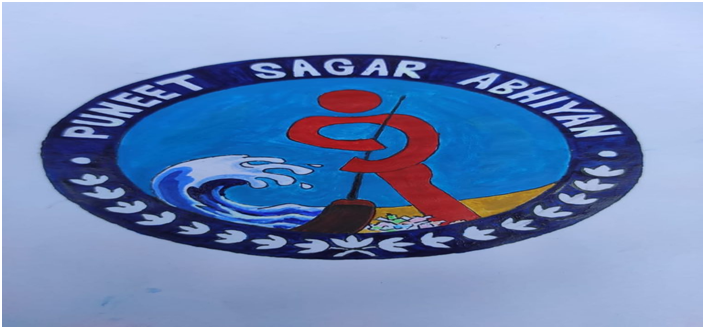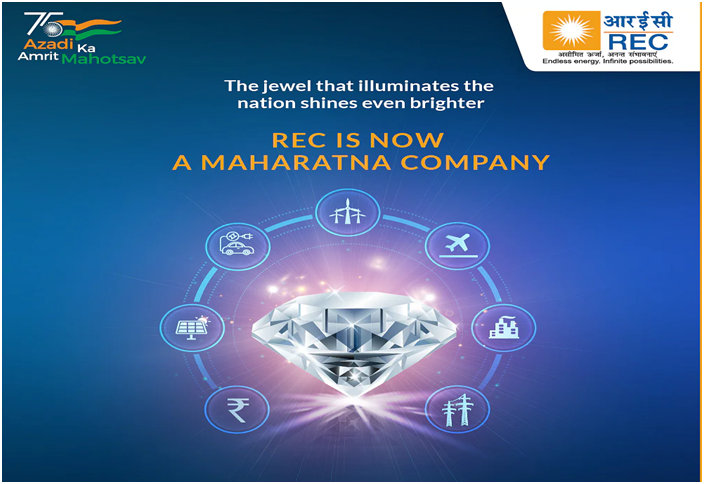‘PuneetSagarAbhiyan’ (GS Paper 3, Environment)

Why in news?
- Recently, the National Cadet Corps (NCC) and United Nations Environment Programme (UNEP) signed a Memorandum of Understanding (MoU) in New Delhi to tackle the issue of plastic pollution and achieve the universal goal of clean water bodies through ‘PuneetSagarAbhiyan’ and ‘Tide Turners Plastic Challenge programme’.
Objective:
- The aim of the MoU between NCC and UNEP is to synergise and collate efforts towards engaging youth for promoting clean water bodies.
- The objective is to engage in capacity building and awareness on environmental sustainability through information sharing and training initiatives; promote opportunities for NCC cadets to participate in appropriate national & international platforms related to environment and climate change and engage in and develop joint initiatives of mutual intent pertaining to environment and climate change.
Tenure:
- The MoU, to remain in force for a period of three years, aims at consolidating, developing and detailing their cooperation and effectiveness to achieve the common objectives in the field of environment.
Pillar of India’s climate change resolve:
- The ‘PuneetSagarAbhiyan’ is among the slew of initiatives taken by the Government to realise the vision of Prime Minister’s, which he referred to as ‘Panchamrit’ during the 26th United Nations Climate Change conference, COP26, held in Glasgow, Scotland between October 31 to November 13, 2021.
- The Prime Minister had presented five nectar elements as India’s unprecedented contribution to deal with climate change. These are:
- India will take its non-fossil energy capacity to 500 GW by 2030.
- India will meet 50 per cent of its energy requirements from renewable energy by 2030.
- India will reduce the total projected carbon emissions by one billion tonnes from now till 2030.
- By 2030, India will reduce the carbon intensity of its economy by more than 45 per cent.
- By 2070, India will achieve the target of Net Zero.
Spiralling Drive:
- The NCC had, in December 2021, launched ‘PuneetSagarAbhiyan’, a nationwide flagship campaign, initially for one month, to clean sea shores of plastic & other waste material, while raising awareness about the importance of cleanliness.
- It was subsequently extended as a Pan-India round-the-year campaign to cover rivers and other water bodies as well.
- The NCC, the largest uniformed youth organisation in the world, mobilised its cadets to collect plastic and other waste material.
- Since the launch of ‘PuneetSagarAbhiyan’, over 100 tonnes of plastic waste have been collected from nearly 1,900 locations by more than 12 lakh NCC cadets, alumni and volunteers, impacting 1.5 crore people. Of the approximately 100 tonnes of collected plastic waste, more than 60 tonnes have been handed over for recycling.
‘PuneetSagarAbhiyan’ – a Tide Turner:
- Following the growing support and success of the campaign, the UNEP, engaged in this initiative through their ‘Tide Turner Challenge Programme’, decided to join hands with the NCC, with the aim to leverage the youth organisation’s strengths.
- The UNEP has the mandate and knowledge base for addressing various issues relating to environment, including plastic pollution and has a programme for engaging youth.
REC accorded with ‘Maharatna’ company status
(GS Paper 3, Economy)
Why in news?
- Recently, Power sector focussed non-banking finance company (NBFC) REC Ltd. has been accorded the status of a ‘Maharatna’ Central Public Sector Enterprise, thus providing it with greater operational and financial autonomy.

What it translates for REC Ltd?
- The granting of ‘Maharatna’ status will impart enhanced powers to the company’s board while taking financial decisions.
- The board of a ‘Maharatna’ CPSE can make equity investments to undertake financial joint ventures and wholly-owned subsidiaries and undertake mergers and acquisitions in India and abroad, subject to a ceiling of 15 per cent of the net worth of the CPSE concerned, limited to ₹5,000 crore in one project.
- The Board can also structure and implement schemes relating to personnel and Human Resource Management and Training.
- With this, REC can also enter into technology Joint Ventures or other strategic alliances among others.
Contribution to Social Sector:
- REC has played a key role in the success of the flagship schemes of the Government of India such as DDUGJY and SAUBHAGYA and has contributed towards achieving village and household electrification in the country.
- REC is currently playing the role of nodal agency for Revamped Distribution Sector Scheme (RDSS), for revamping the distribution sector to alleviate the financial & operational issues.
About REC:
- Incorporated in 1969, REC is an NBFC focusing on Power Sector Financing and Development across India.
- It provides financial assistance to state electricity boards, state governments, central/state power utilities, independent power producers, rural electric cooperatives and private sector utilities.
Sugar-coated pouches in body fluids can help detect cancer
(GS Paper 3, Science and Tech)
Why in news?
- Detection of the cancer microenvironment may soon become much easier with the help of a new molecular biosensor recently developed by a team of scientists.

What are extracellular vesicles (EV)?
- Cancer cells secrete small pouches, namely extracellular vesicles (EV) covered with sugar molecules,Hyaluronan (HA), which has a direct link to tumour malignancy and is considered a potential biomarker for early diagnosis of colon cancer.
- These EVs are abundant in body fluids (blood, faeces, etc.), and all types of cells secrete these EVs into the extracellular matrix.
How cancer cells effect EV?
- Cancer cells secrete at least two times more EVs into the body fluids than normal cells. Therefore, these EVs could be isolated non-invasively from a patient’s body for early cancer diagnosis.
- It is known that the sugar molecule HA associated with these cancer EVs carries danger signals in tumour progression when it gets fragmented by hyaluronidases (Hyals) and reactive oxygen species in pathological conditions.
Observations made during research:
- The study showed that a single cancer cell-derived EV is coated with very short chain HA molecules (contour length less than 500 nanometers) using single molecule techniques and elucidated that these short-chain HA-coated EVs are significantly more elastic than the normal cell-derived EVs.
- This intrinsic elasticity of HA-coated EVs in cancer helps them to withstand multiple external forces during extracellular transportation, uptake, excretion by cells, adhesion to cell surfaces, etc.
- These findings affect how sugar-coated pouches increase the risk of cancer progression.
Navy launches ‘Nistar’ & ‘Nipun’
(GS Paper 3, Defence)
Why in news?
- Recently, two indigenously designed and built Diving Support Vessels (DSVs) of the Indian Navy, named ‘Nistar’ and ‘Nipun’were launched in Visakhapatnam.

Indigenousness:
- The DSVs are first-of-its-kind ships, indigenously designed and built at Hindustan Shipyard Ltd, Vishakapatnam.
- ‘Nistar’ and ‘Nipun’ were launched by achieving approximately 80 per cent indigenous content, a major step towards “self-reliance”.
- The DSV project has generated local employment opportunities and promoted indigenisation which will boost India’s economy.
Salient Features:
- The DSVs, equipped with an array of complex diving support systems and Deep Submergence Rescue Vessel (DSRV), will be deployed for deep sea diving and submarine rescue operations.
- Furthermore, the ships will be capable of conducting search and rescue operations and carrying out helicopter operations at sea.
INS Nistar:
- In its previous avatar as a Submarine Rescue Vessel, INS Nistar was commissioned in 1971 and played an instrumental role in conducting diving operations on the Pakistan Navy submarine, Ghazi, which sank outside Vishakhapatnam harbour during 1971 Indo-Pak war.
True testimonial to ‘Aatmanirbharta’:
- This project is being executed with support from Indian industry, primarily MSME firms who have supplied yard material, equipment and services. Shipyard is extensively using the GeM portal for procuring material and services for the project. More than 120 MSME vendors across India have actively participated in the project.
- The major recipient of the Navy’s capital budget investment are Indian shipyards. Of the 45 ships and submarines presently under construction, 43 are being built at shipyards across the country.
- In addition to direct economic ‘plough-back’, these indigenous ship building projects also act as a catalyst for significant employment generation and skill development.





